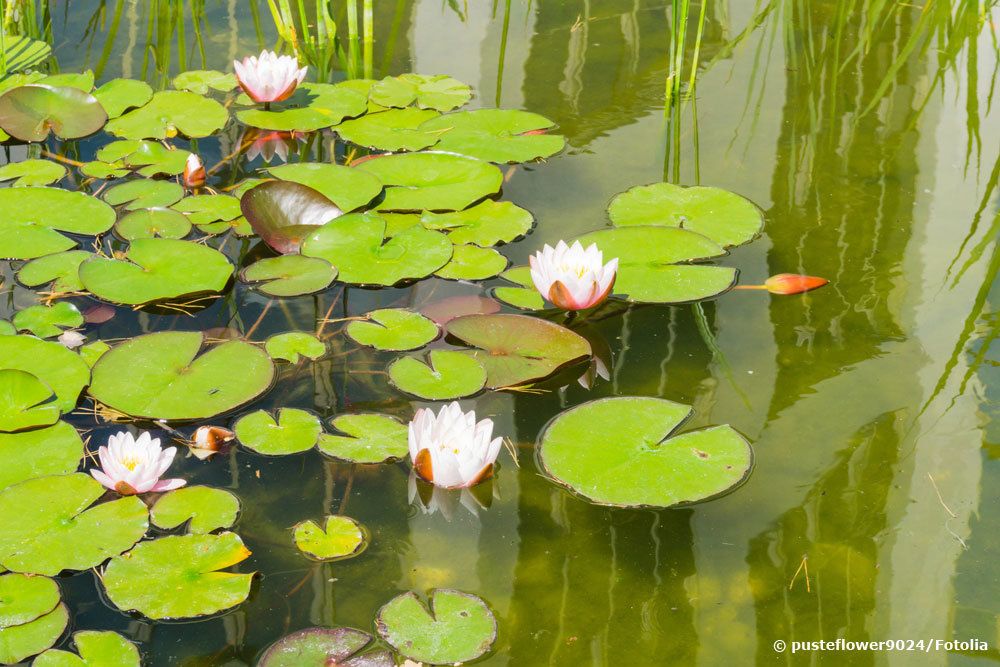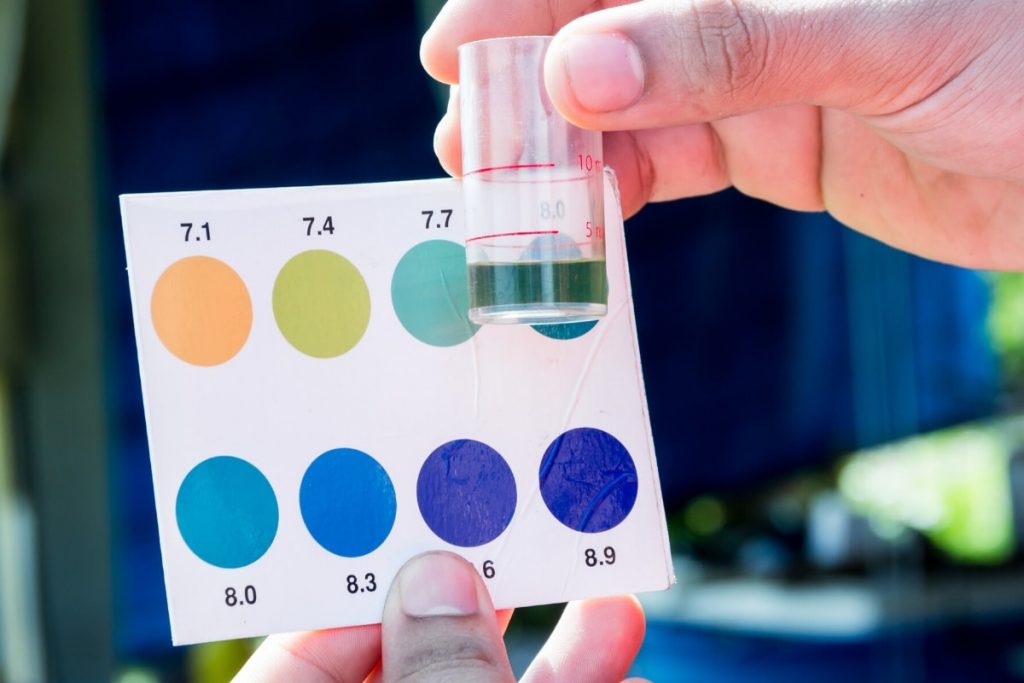To rid the pond of old, you do not have to resort to chemical means. An old home remedy to fight algae is cow’s milk. Especially in natural ponds, this is an effective alternative to chemicals.
Treating a green pond with milk is a natural and cost-effective method for combating algae. The concept behind this approach is that milk contains proteins that can help to clear up the green water caused by suspended algae. Here’s how you can use milk to clear a green pond:
Materials You’ll Need:
- Milk: You can use regular, pasteurized milk or powdered milk. About 1 to 2 cups of milk per 1,000 gallons of water is a common starting point, but you can adjust this amount based on the size of your pond and the severity of the algae problem.
- Container: A container or bucket to mix the milk with pond water.
- Boat or Raft: If your pond is large and you need to distribute the milk throughout the pond, you may need a boat or raft to access different areas.
Steps:
- Dilute the Milk: Mix the milk with pond water in a container. The amount of milk to use depends on the size of your pond and the severity of the algae bloom. Start with 1 to 2 cups of milk for every 1,000 gallons of water, and adjust as needed.
- Distribute the Milk: If your pond is small enough, you can pour the diluted milk directly into the water. For larger ponds, you may need to use a boat or raft to distribute the mixture throughout the pond evenly.
- Observe and Repeat: After applying the milk, observe the pond over the next few days. You should notice an improvement in water clarity as the milk helps to clump together the suspended algae. If the water is still green after a few days, you can repeat the treatment with a slightly higher concentration of milk.
Important Tips:
- Use this method when the algae problem is primarily caused by suspended or floating algae. It may not be as effective for string algae that attach to surfaces.
- While milk is generally safe for fish and plants in the pond, it’s advisable to monitor the pond’s inhabitants and make sure they are not negatively affected by the treatment.
- Be cautious not to overdo it with the milk, as excessive organic matter can lead to water quality issues.
- If the algae problem persists or worsens, you may need to consider other treatments, such as adding beneficial bacteria, improving aeration, or using chemical algaecides (as a last resort).
Using milk to clear a green pond is a natural and eco-friendly method, but its effectiveness may vary depending on the specific circumstances of your pond. As with any treatment, it’s important to monitor the results and adjust your approach as needed.
Contents
To the point
- Lactic acid bacteria can reduce algae
- Cow’s milk contains only small amounts of lactic acid bacteria
- Cow’s milk can promote algae growth due to other ingredients such as fats or lactose
- Alternatives, such as whey, have a better mode of action
- Check pH value constantly to prevent over-acidification of the water
Causes of algae

Using milk
The use of cow’s milk as a means of combating algae is controversial in terms of its effectiveness. Therefore, you should always proceed with caution when using cow’s milk.
Preferably use raw milk, which you apply as follows:
- Allow raw milk to stand in the warm for one day.
- Skim fat off the surface of the raw milk
- Pour raw milk into water in a ratio of 1:2500
- Stir raw milk lightly
For a small pool, usually already one liter is more than enough. If you only use a water barrel or an even smaller vessel as a mini-pond, you should add a maximum of one small glass of raw milk to the water. With such small water containers, it is sometimes even more sensible to approach the ideal content with the smallest amounts. This also applies if you do not know exactly how much water your pond holds.
Alternative dairy products
Instead of using cow’s milk to fight algae, it is more advisable to use dairy products with a higher concentration of lactic acid. An alternative is sour whey, which is produced when milk coagulates with the help of lactic acid bacteria. The advantage is that there is practically no fat left in the whey and the lactose is also much lower. On the other hand, the acidity is higher, which may have a negative effect on the pH value in the pond.
When using whey, proceed as follows:
- Check pH value
- add whey if the pH-value is higher than 8
- mix whey in the ratio 1:2000
- check pH-value again
- should not fall below 7.5
- check again after 2 days

The algae bloom is favored, among other things, by a very high pH. Through the acid whey you can not only fight the water algae, but at the same time lower the pH. By doing this, you can also reduce the growth of the algae. Often this is even enough to combat the algae bloom.
Note: One advantage of whey is that it is not cloudy like cow’s milk, but almost clear. This does not add to the reduction of light in the water.
Frequently asked questions
Can I use milk from other animals?
Yes, lactic acid is also present in sheep’s or goat’s milk. You can therefore also use other animal milks.
How warm does the water have to be?
Lactic acid bacteria need a temperature of at least 8°C to be able to multiply.
How often can I use dairy products against algae infestation?
Wait until the next application at least until any cloudiness in the water caused by the cow’s milk has disappeared. Also, observe if there is any improvement or worsening from the milk.
Can I use lactic acid to gradually optimize the pH value?
Yes, it is actually much better for the organisms in the pond if you gradually lower a pH that is too high.

